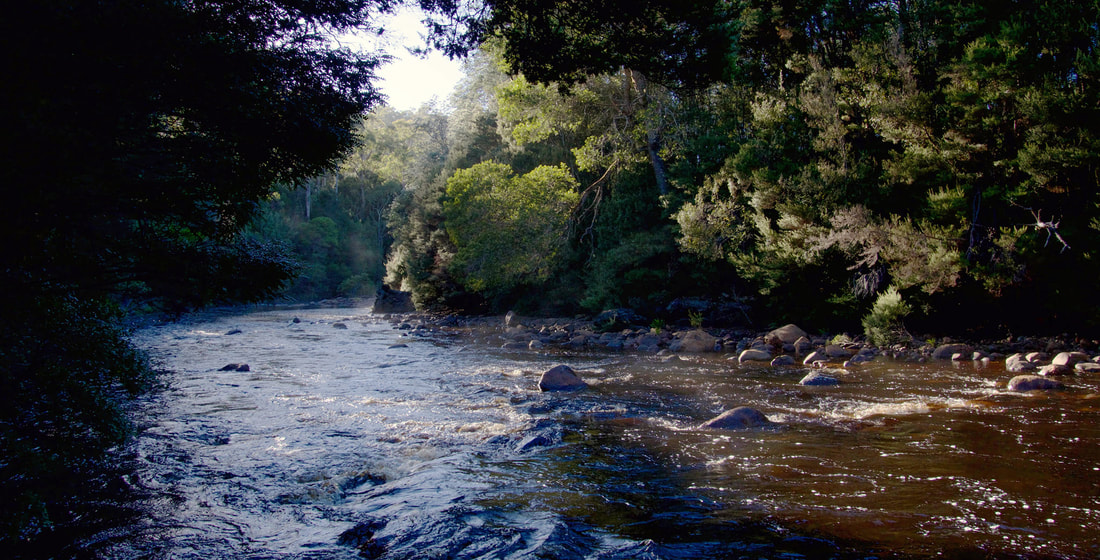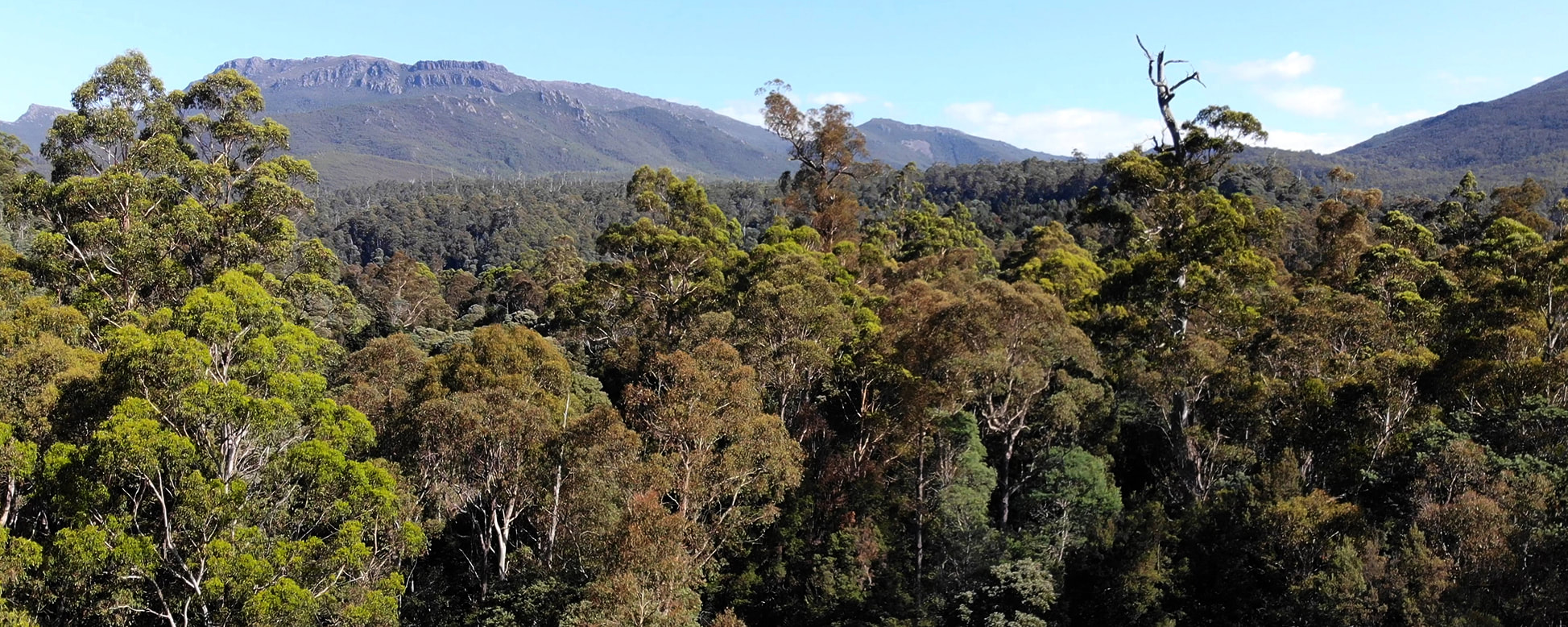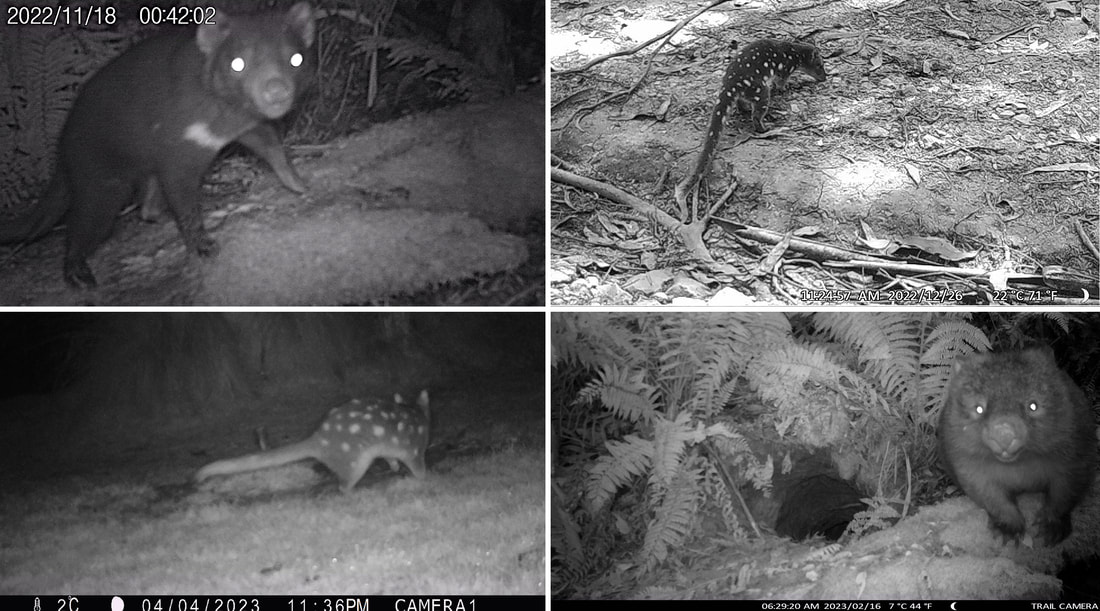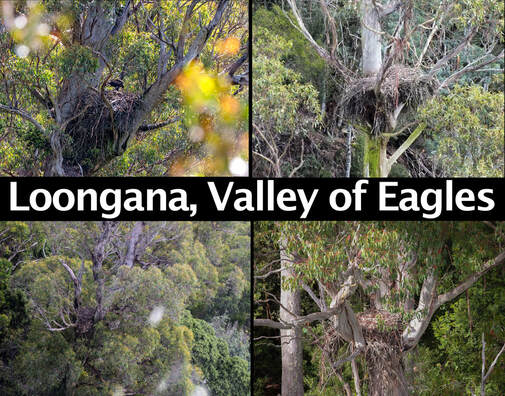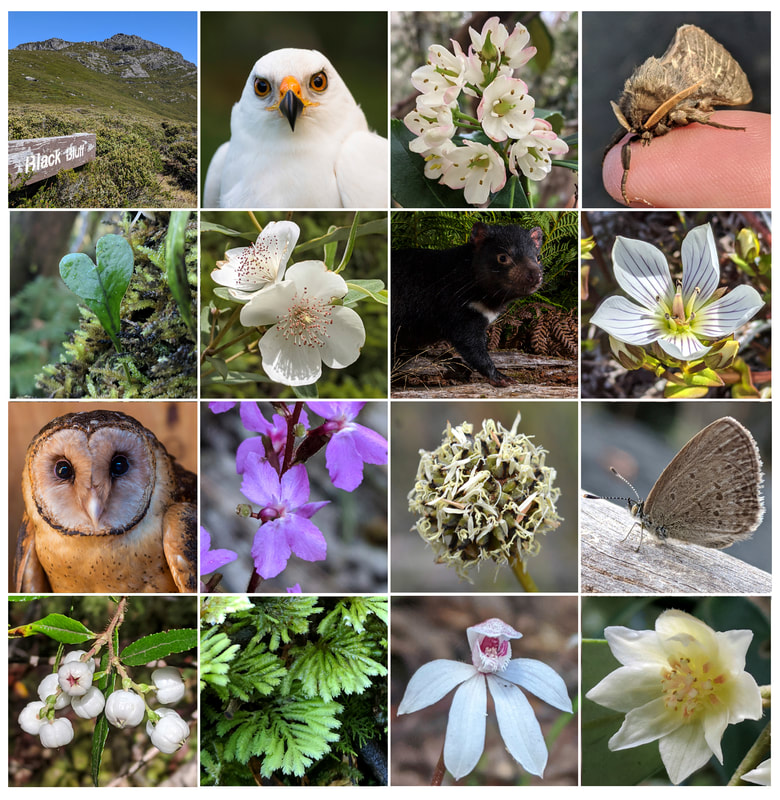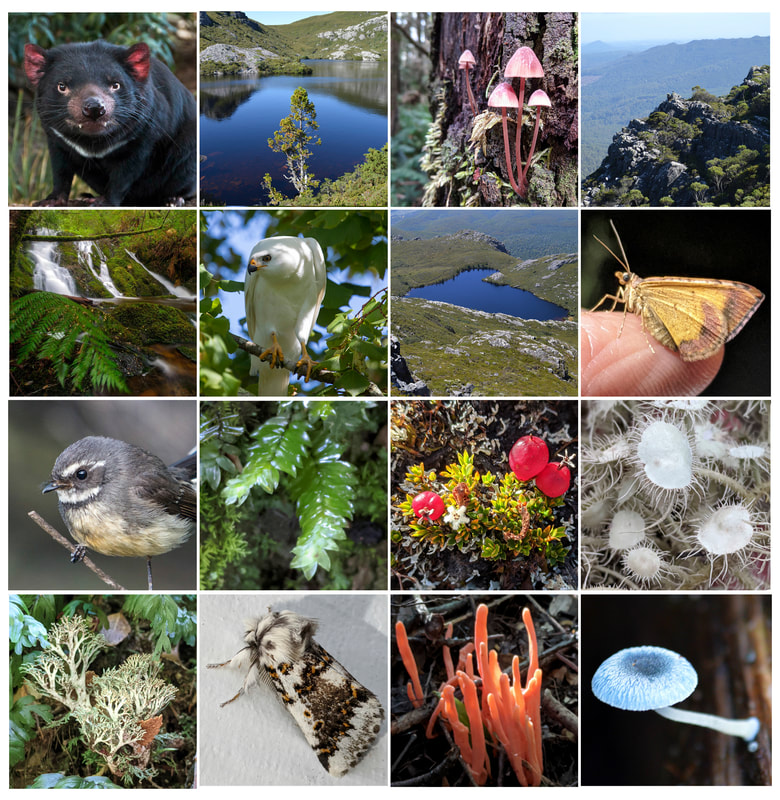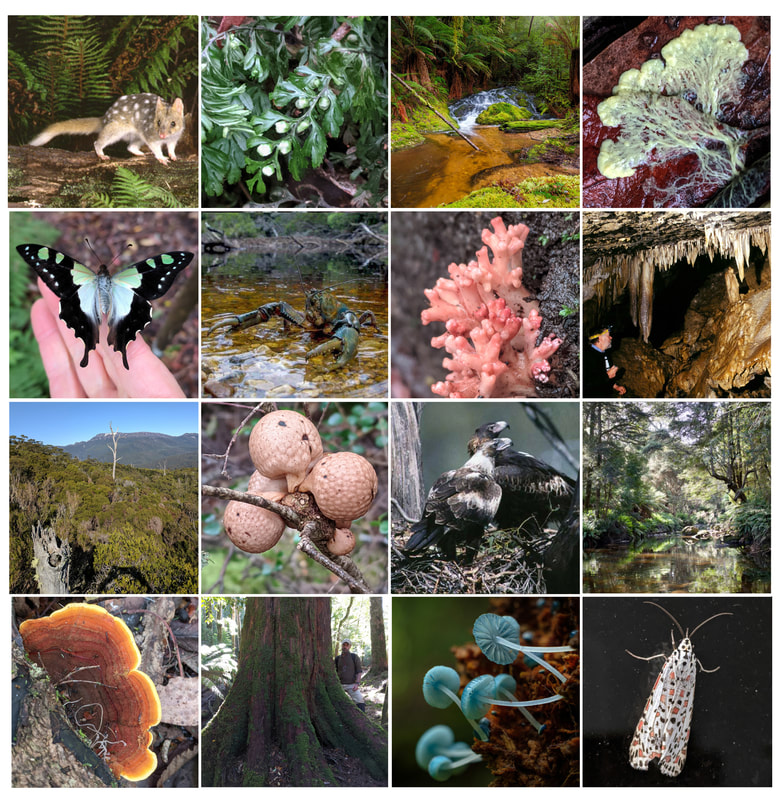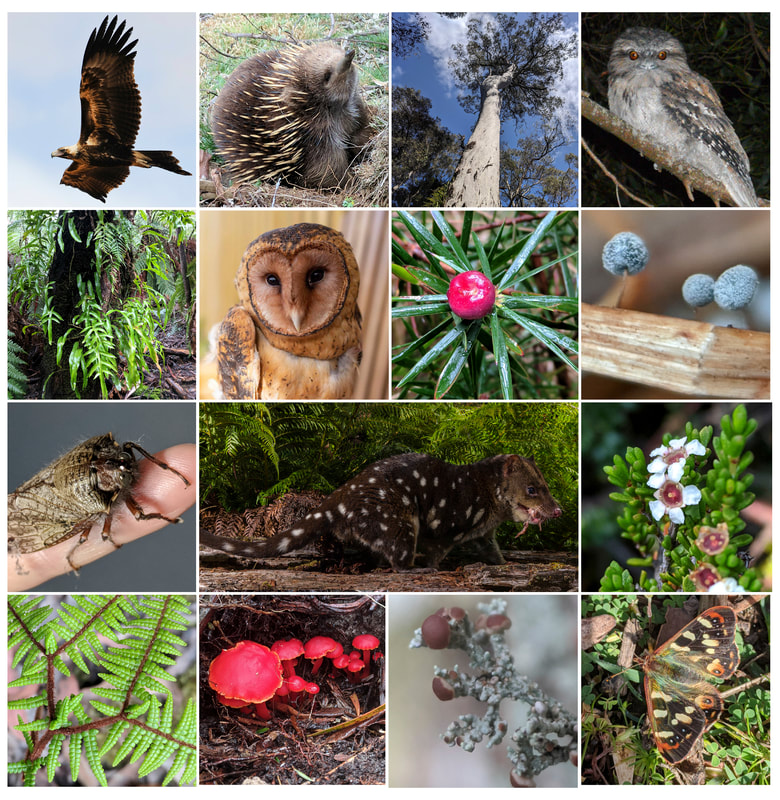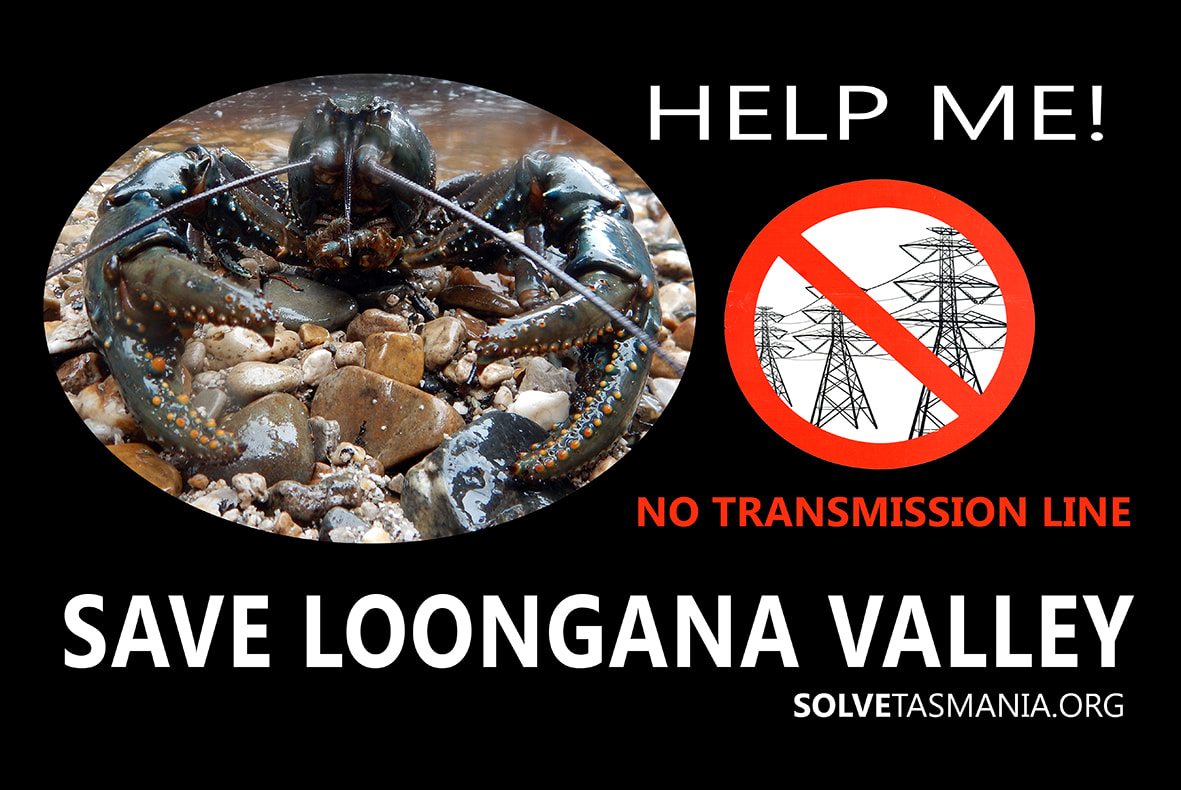LOONGANA IS A BIODIVERSITY HOTSPOT
Our community of Citizen Scientists have had maps out and boots on the ground, working with experts to do the environmental surveys that TasNetworks refuse to do. We've collected data, confirmed by experts, that reveals the true extent of the biodiversity here, and the risks of environmental harm from TasNetworks proposed transmission line.
